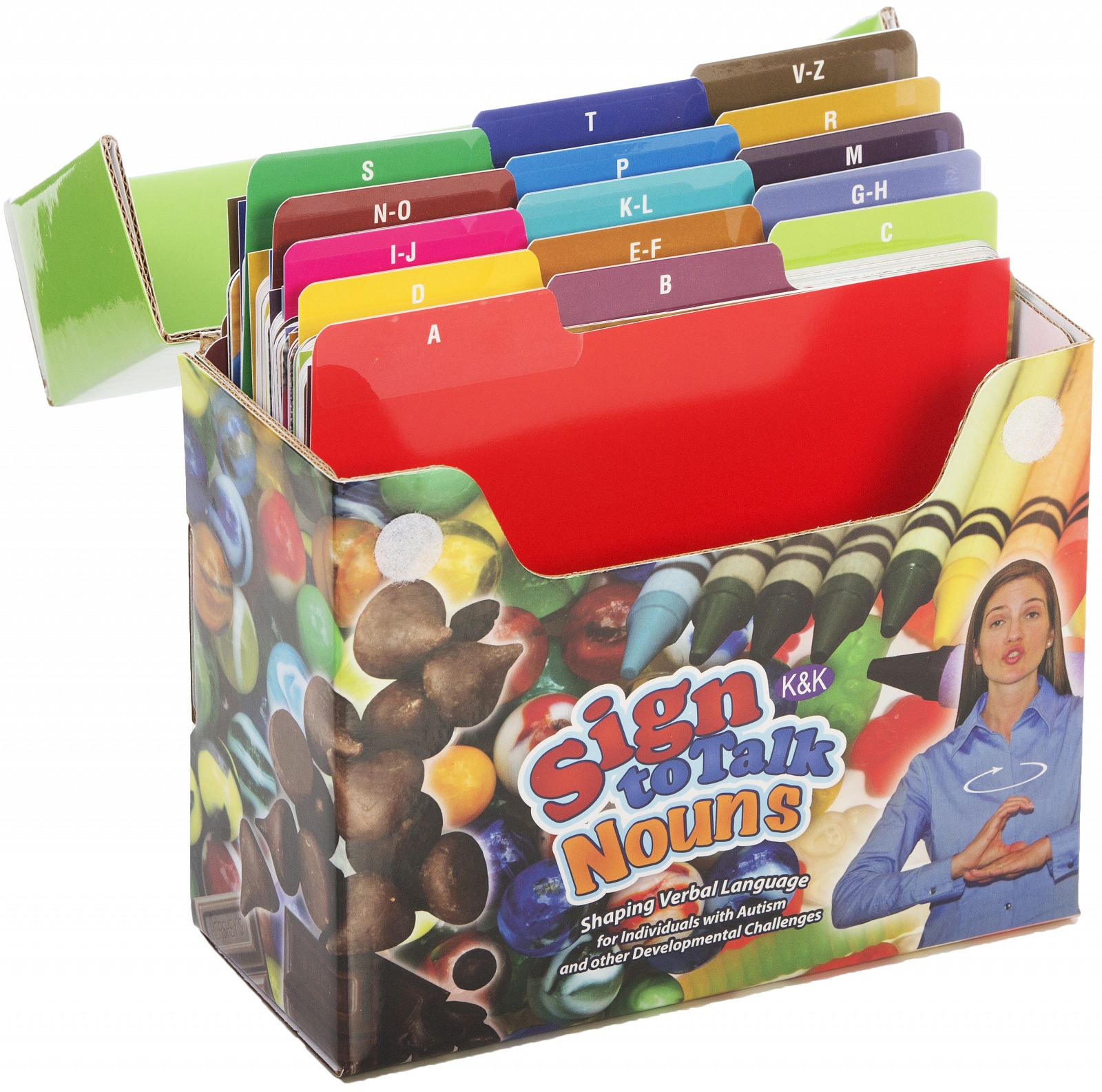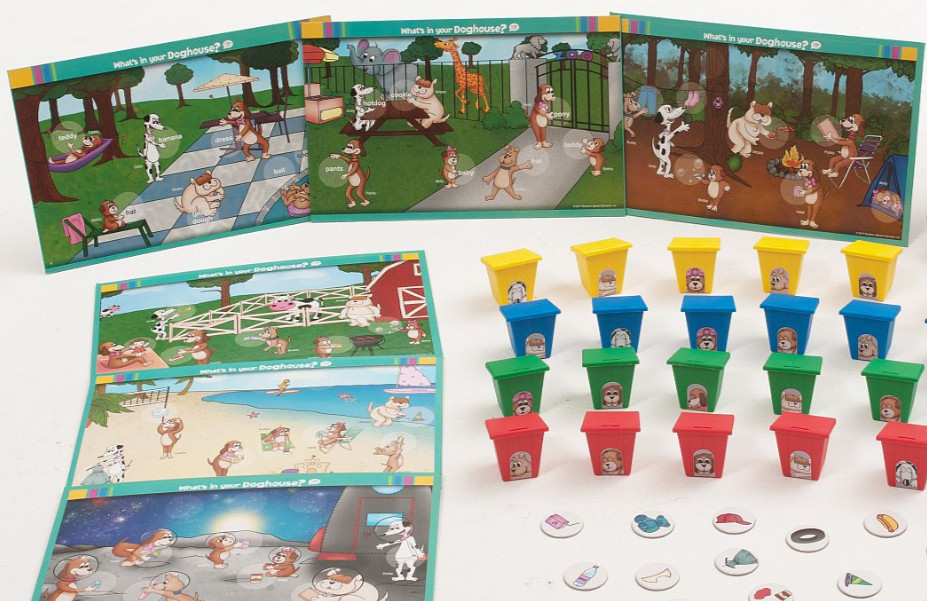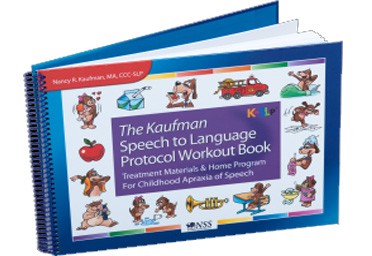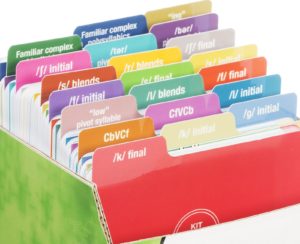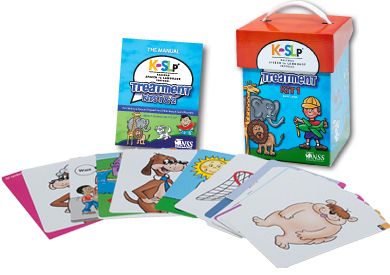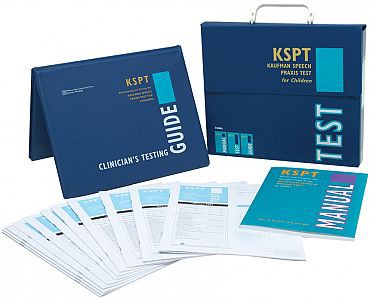K&K Sign to Talk - Verbs
The K&K Sign to Talk program is designed to transition nonverbal young children with autism from sign to vocal communication. For children who are not yet vocal imitators, this program helps to promote and shape spontaneous vocal language skills by providing a bridge from signing to vocal communication. Target words are depicted using amazing real-life photos on large, glossy cards, and were selected to represent high-frequency, everyday objects (nouns) and actions (verbs) that children frequently request and that double as excellent reinforcers.
Each kit contains cards displaying high-quality photos of the target object or action on the front. The reverse side displays the ASL sign and Kaufman progressive “word shell” approximations used to shape intelligible articulation. The accompanying 40-page manual fully explains this approach. A must-have resource for any verbal behavior program!
The K&K Sign to Talk program is brought to you by Nancy R. Kaufman and her co-creator, Tami Kasper.
Published by Northern Speech Services.
